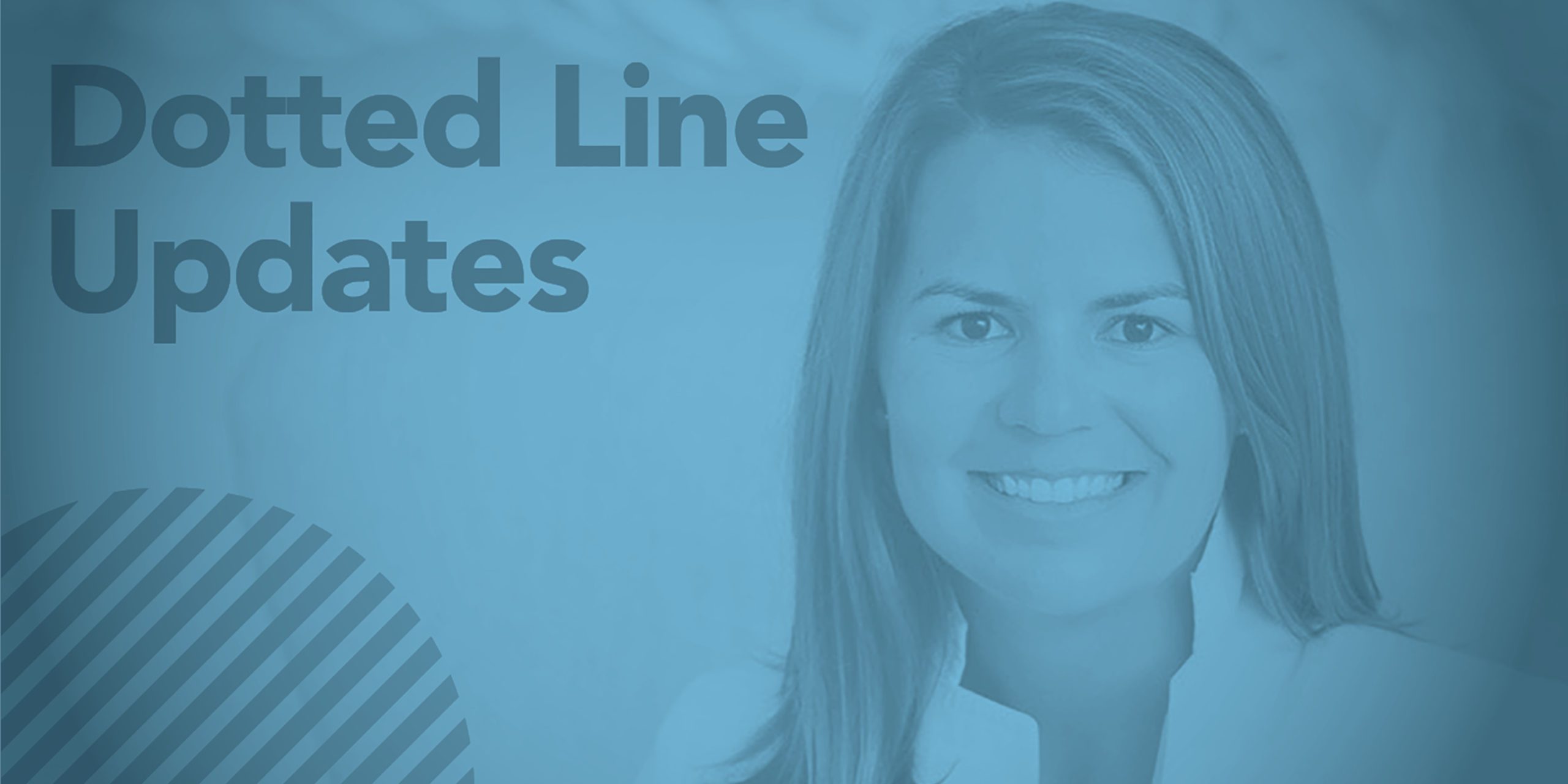Effective marketing is about understanding how, when and where to engage with your target audience. And the options for doing so are vast, ranging from events and conferences to social media and website interactions.
But in light of the current pandemic, many of these options are no longer viable, at least for the immediate future. With that in mind, it’s more important than ever for organizations to take another look at their marketing strategy to ensure you’re effectively interacting with your various targets by meeting them exactly where they are during this unique time.
In five years from now, I think we’ll all look back at 2020 in agreement that it was the year multi-channeled marketing efforts became a must. So that we’re all on the same page, a multi-channel marketing approach uses varied communication channels – social, search, display advertising, email or even traditional channels like print or outdoor – to reach your target audiences. By branching out and utilizing several strategically chosen resources, based on the consumption habits of your audience, organizations can continue to meet your goals by increasing visibility, establishing familiarity, and building trust with your audience despite changes in the marketing landscape.
Know Your “Why” and Create a Plan
Before adopting a multi-channel approach, you need to first identify your key objectives. Do you want to simply drive brand awareness? Are you hoping to convert your consumers to some sort of action? Establishing the purpose of your efforts is a vital step that informs the rest of the process. If the ultimate strategy does not help you reach your core goals, then it should be reevaluated.
Next, make sure you know your audience. Successfully multi-channeling your message requires you to have a solid grasp on what channels should be utilized, how often, and in what specific ways. Look at your customer base and ask yourself if there are any trends or segments who are purchasing your product or services at a higher frequency – you charge should be to find more of these actors from outside your current network. According to Jon Simpson of the Forbes Agency Council, by conducting research via methods like persona exercises, you can determine “. . . where your demographic spends time online, what resources they trust and what pain points they’re facing.” You can then build a strategy around these results that accurately reflects consumers’ needs and priorities.
With foundational data and goals understood, it’s time to build your actual strategy. In this stage, you want to determine the key messages you’ll want to convey (and their priority), the channels you’ll employ, the mediums that will best support your story (graphics versus text, photos or video) and the required frequency to get your message across. When goals are understood and you’re working with the right team who can apply benchmarking from previous campaigns with up to date best practice, building the plan should be the easy part.
First, recognize that an ineffective digital presence is an easy pitfall. For example, think of how many ads you likely saw within the last week on social media. Then consider how many of those ads were relevant to your current needs and interests. Even more, how many of the memorable ads left a positive impression that inspired you to take advantage of the promoted goods or services? Whether you deal primarily in B2B or B2C marketing, you want your strategy to not only be memorable, but effective—especially given the budgetary implications, which can range anywhere from $500 into the billions, depending on the scope of your message and audience. It is said that you need to get in front of your target audience approximately seven times to make a lasting impression, so maintaining regularity while conveying a clear message is the best way to support your goals.
Finally, and perhaps most importantly, keep in mind that a multi-channel strategy and all the planning that goes along with it are partly hypothetical. Your research is an informed starting point that requires flexibility and should never be set in stone. Consider the first three to six months of the initial implementation as a period of learning—then, spend time analyzing the results and building upon that experience, altering your strategy as needed. For instance, if you start using a social media platform that is generally popular but does not meet industry expectations as it relates to your goal (impressions, engagement, conversions) from your specific audience, do not be afraid to stop using it and try something else. In taking this approach, you can continually tailor your plan to better satisfy goals, meet the needs of your target demographic, and ultimately add the most value to your business.
Multi-channeling your message in a way that benefits you and your audience will provide positive outcomes in light of COVID, but keep in mind that this strategy will also serve you well post-pandemic. After all, finding new ways to effectively reach your audience now will help future-proof your success within a world of marketing communication that is constantly evolving. Start taking steps today and reap the benefits that multi-channeling will inevitably bring. You and your goals have nothing to lose!
And if you’re interested in learning more about digital marketing and digital lead generation, make sure to sign up for Dotted Line’s Digital Marketing Forum: Forming Connections with Customers in the COVID Era.
;)
;)
;)
;)
;)
;)
;)